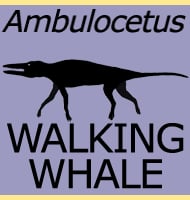Kalimantsia
In Depth Discovered in 1972 by Dimitar Kovachev, Kalimantsia did not get named until 2001. Although based upon the description of a skull, Kalimantsia is known to have had a shorter snout than many other known chalicotheres, something that might suggest a foraging specialisation in tougher types of vegetation that required a stronger bite (an … Read more

